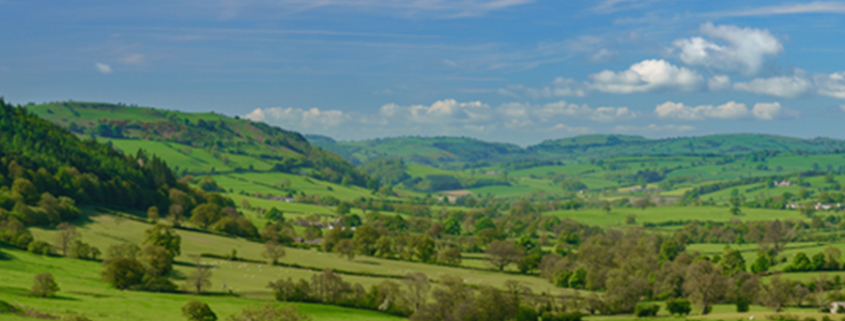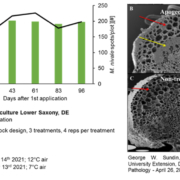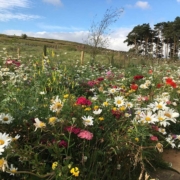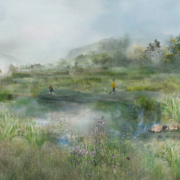If you don’t read this, you may be part of the problem
If you don’t read this, you may be part of the problem: David Hedges-Gower, Chairman of the Lawn Association comments on why we do not use the correct grass seed for lawns in the UK, and why this should change.
Picture a nation renowned for its mild, natural climate, where lush green landscapes seem to effortlessly sprawl across fields, meadows, and hillsides, courtesy of nature’s handiwork. Few pause to ponder why this verdant beauty exists, assuming it’s simply nature’s way. Yet, amidst the chatter about lawns, many offer opinions without truly understanding the subject, regurgitating the same tired advice year after year.

If you don’t read this, you may be part of the problem
The true essence of lawn care lies in the unnoticed, in the native grasses that quietly flourish without human intervention, practically in every lawn before the mid 1990’s. These resilient grasses maintain their green hue, largely free of weeds, withstanding the occasional summer drought without issue and always coming back green again.
Now, imagine a trap laid out by commercial interests in the 1990s—a new strain of grass, derived from cattle feed, visually indistinguishable from its predecessors to practically all involved in horticulture. It infiltrates our gardens, promising success but constantly delivering failure. When these lawns falter, the remedy offered is perplexing—add more of the same grass that failed initially, blaming things such as heavy foot traffic or the dogs for their demise (which isn’t the true cause).
Turf companies of course, sell vast quantities of this flawed grass, who have it supplied by seed companies, who then market to retail. Garden centres, then market these same seeds as a solution to the very problem they helped create. It seems inconceivable, doesn’t it? Turf engineered to fail, only to be “fixed” with the same defective grass.
Meanwhile, across the UK, countless lawns thrive without the need for over-seeding or rescue attempts….yet we are all told that ‘grass in grass’. Countless homeowners have been sold a bill of goods—a counterfeit, a failure in the making. And all fall for it too. The power of marketing over the truth.
This issue with lawns extends beyond mere grass. It has bred contempt for the very concept of the lawn, leading some to embrace synthetic alternatives or pave over their once-vibrant front gardens.
This might sound like a far-fetched tale, but as the saying goes, those who overlook these warnings are doomed to repeat the same mistakes
About the Lawn Association: The Lawn Association is a leading educational platform dedicated to promoting sustainable lawn care practices and dispelling common misconceptions within the industry. Through advocacy and education, the association seeks to foster environmental stewardship among lawn enthusiasts across the United Kingdom
For the latest industry news visit landscapingmatters.co.uk/news
Get all of the big headlines, pictures, opinions and videos on stories that matter to you.
Follow us on Twitter and Instagram for fun, fresh and engaging content.
You can also find us on Facebook for more of your must-see news, features, videos and pictures from Landscaping Matters












